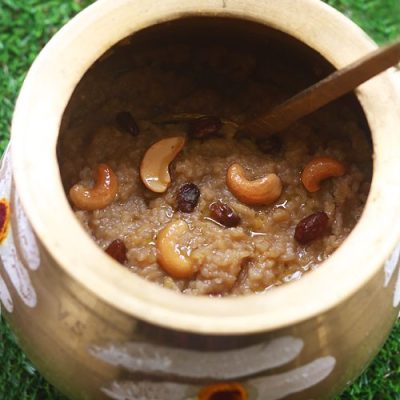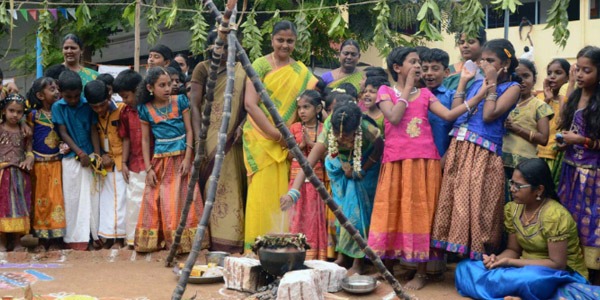
Pongal is a festival celebrated across India, and is known by its various regional names – Makar Sankaranti, Lohri in Punjab, Bihu or Bishu in the eastern parts, Sakraat and Makraat, etc. It also marks the important occasion of Uttarayanam – when the Sun begins its journey from the southern part of the skies, to the northern.
The occasion is considered a harvest festival, with thanks being given to Suryan, the sun God, for the various bounties we receive from him. Without the sun, it is virtually impossible to imagine carrying out any form of agriculture.
The sun is also essential for health – scientifically important as well, given that the body manufactures vitamin D when our skin is exposed to sunlight.
The Aditya Hrudayam stotram – recited by Agastyar to Rama before the latter began his battle with Ravana.
Nama Suryaya Santaya Sarvaroga Nivarine |
Ayurarogya maisvairyam dehi devah jagatpate ||
Oh! Lord Surya, ruler of the universe, you are the remover of all diseases, the repository of peace.
I bow to you. May you bless your devotees with longevity, health and wealth.

In the south, Pongal is traditionally celebrated by cooking rice-based foods – usually these are done over a wood fire, using a clay pot. Typical food preparations of the day include sweet Pongal, other well-cooked rice dishes (variants of Pongal), ulundu vadai (vada made from urad dal), and a pumpkin based curry.
But have you wondered why the Pongal festival has a very specific menu (as above, with some local variations) for the food preparations of the day?
The answer to this is found in the puranas, and we need to go back to the story of Daksha yagam. Daksha – father of Dakshayini / Sati and father-in-law of Lord Siva – conducted a yagna almost specifically to insult Lord Siva. Not only was the Lord not invited for the event, even at the yagna, Siva was disrespected, and was not allotted havis (sacrificial portion).
Sati, who attended despite Lord Siva’s wishes, was snubbed by Daksha, and following the various humiliations meted out to Lord Siva, she created her own agni and immolated herself.
Hearing of this, Lord Siva grew furious, and unleashed his wrath from which Veerabhadra emerged, and led the ganas to cause mayhem and destruction at the yagna. During the havoc, those present suffered various injuries. Of these, Suryan – the sun god – lost his teeth.
However, being an important god, he is worshipped and celebrated, specifically at the time of the Pongal festival.

But since he has lost his teeth, he is unable to bite and chew food. And so, the offerings made to Suryan on Pongal day are made of soft ingredients, and are well cooked, so that Suryan can partake in the feast!
This explains the menu – sweet pongal as well as the various other types of savoury pongals and rice dishes, urad dal vada (again, easy to chew), pumpkin based preparations (very soft vegetable, particularly when cooked), thayir pachadi (easy to eat vegetables with curd).
Suryan – despite his lack of teeth – enjoys this feast and blesses all of us with good health and prosperity!

nice information
LikeLike